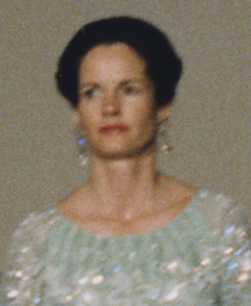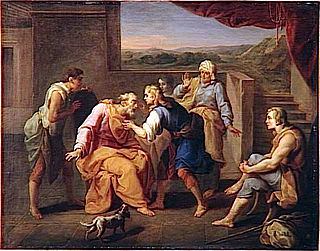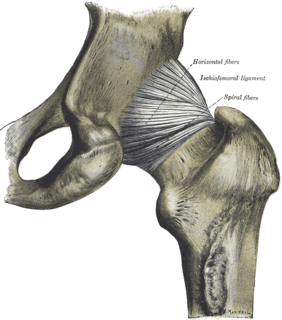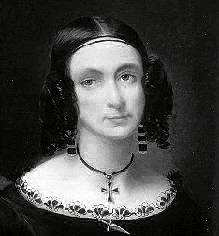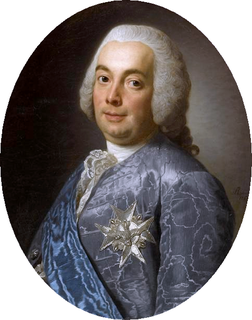Exupere Joseph Bertin (25 June 1712 – 21 February 1781) was a French anatomist born in Tremblay (Ille-et-Vilaine), Brittany. [1] He was the father of cardiologist René-Joseph-Hyacinthe Bertin (1757-1828).
The French are an ethnic group and nation who are identified with the country of France. This connection may be ethnic, legal, historical, or cultural.
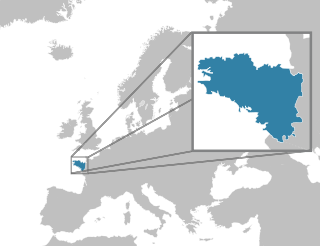
Brittany is a cultural region in the northwest of France, covering the western part of what was known as Armorica during the period of Roman occupation. It became an independent kingdom and then a duchy before being united with the Kingdom of France in 1532 as a province governed as if it were a separate nation under the crown.
René-Joseph-Hyacinthe Bertin (1757–1828) was a French anatomist known for his pioneer work in cardiology. He was the son of anatomist Exupère Joseph Bertin (1712-1781).
He served as regent of the Académie Nationale de Médecine in Paris and was "first physician" to the royal army. He is remembered for his research on the renal system. His best known written work is in the field of osteology, Traité D'ostéologie (1754, 4 volumes).

Situated at 16 rue Bonaparte in the 6th arrondissement of Paris, the Académie nationale de médecine was created in 1820 by king Louis XVIII at the urging of baron Antoine Portal. At its inception, the institution was known as the Académie royale de médecine. This academy was endowed with the legal status of two institutions which preceded it — the Académie royale de chirurgie, which was created in 1731 and of the Société royale de médecine, which was created in 1776.

Paris is the capital and most populous city of France, with an area of 105 square kilometres and an official estimated population of 2,140,526 residents as of 1 January 2019. Since the 17th century, Paris is one of Europe's major centres of finance, diplomacy, commerce, fashion, science, and the arts.
Osteology is the scientific study of bones, practiced by osteologists. A subdiscipline of anatomy, anthropology, and archaeology, osteology is a detailed study of the structure of bones, skeletal elements, teeth, microbone morphology, function, disease, pathology, the process of ossification, the resistance and hardness of bones (biophysics), etc. often used by scientists with identification of vertebrate remains with regard to age, death, sex, growth, and development and can be used in a biocultural context. Osteologists frequently work in the public and private sector as consultants for museums, scientists for research laboratories, scientists for medical investigations and/or for companies producing osteological reproductions in an academic context.
The columns of Bertin are named after him, as are "Bertin's ossicles" (sphenoidal conchae) and "Bertin's ligament" (iliofemoral ligament). [2]

The sphenoidal conchae are two thin, curved plates, situated at the anterior and lower part of the body of the sphenoid. An aperture of variable size exists in the anterior wall of each, and through this the sphenoidal sinus opens into the nasal cavity.

The iliofemoral ligament is a ligament of the hip joint which extends from the ilium to the femur in front of the joint. It is also referred to as the Y-ligament or the ligament of Bigelow, and any combinations of these names.


